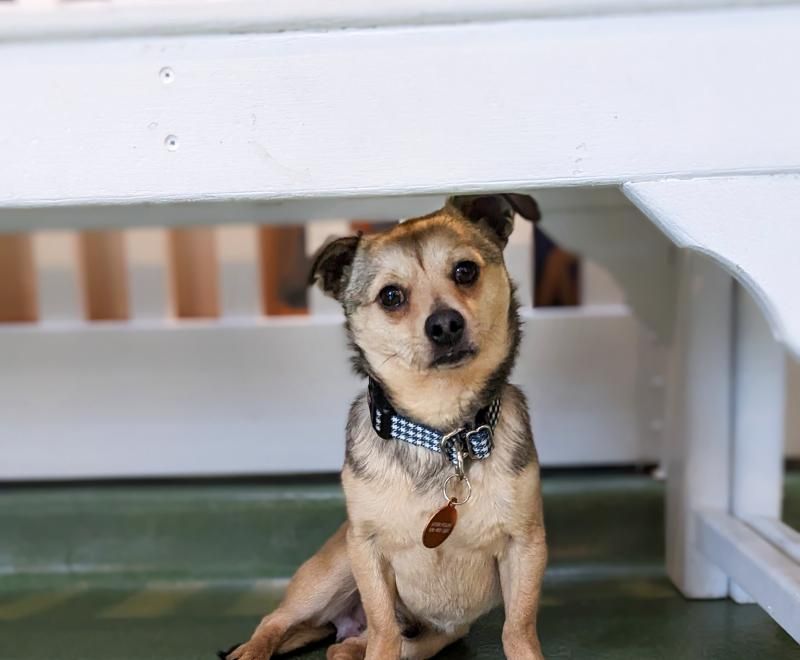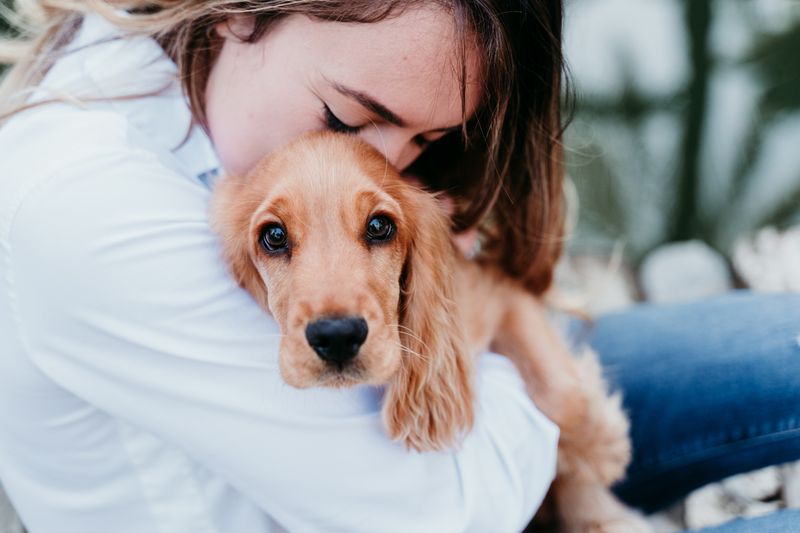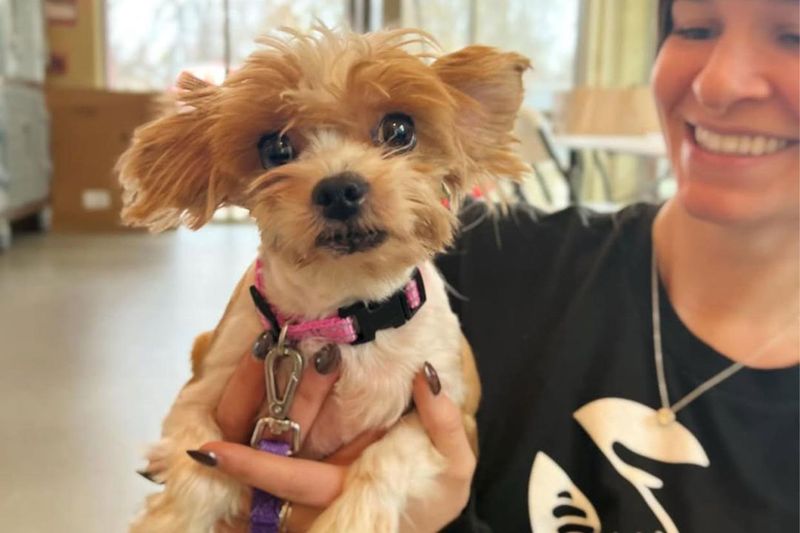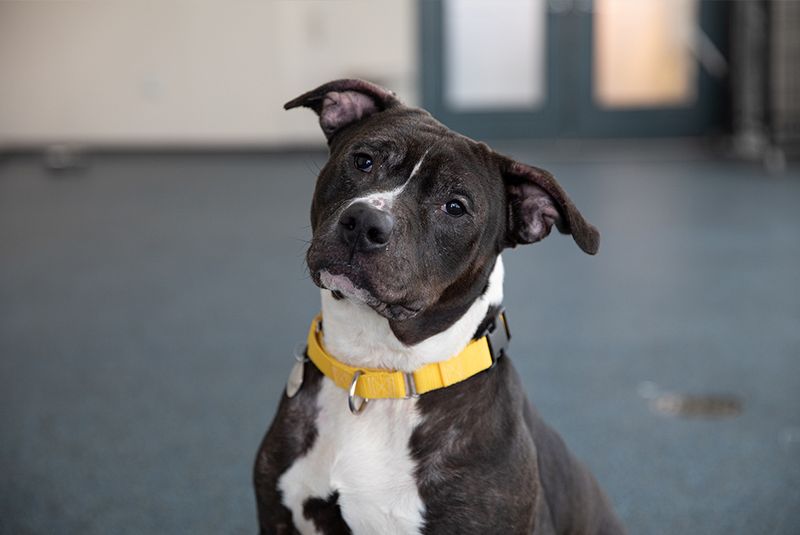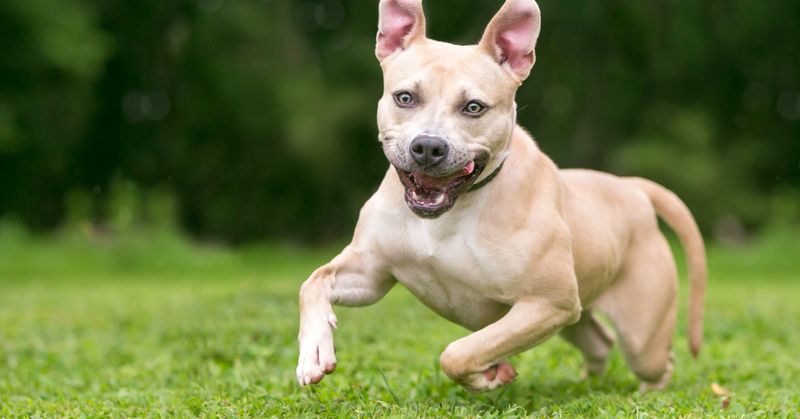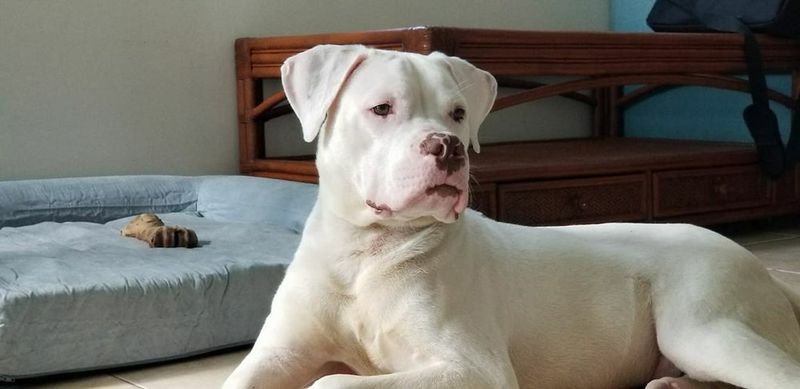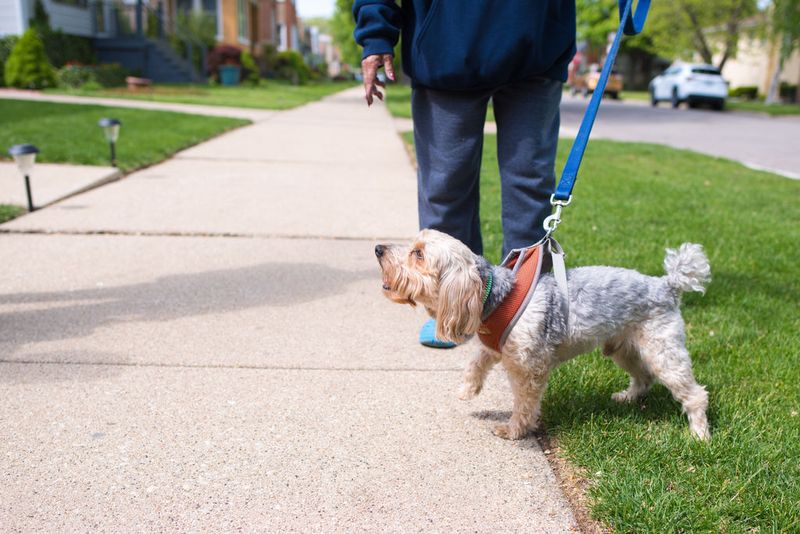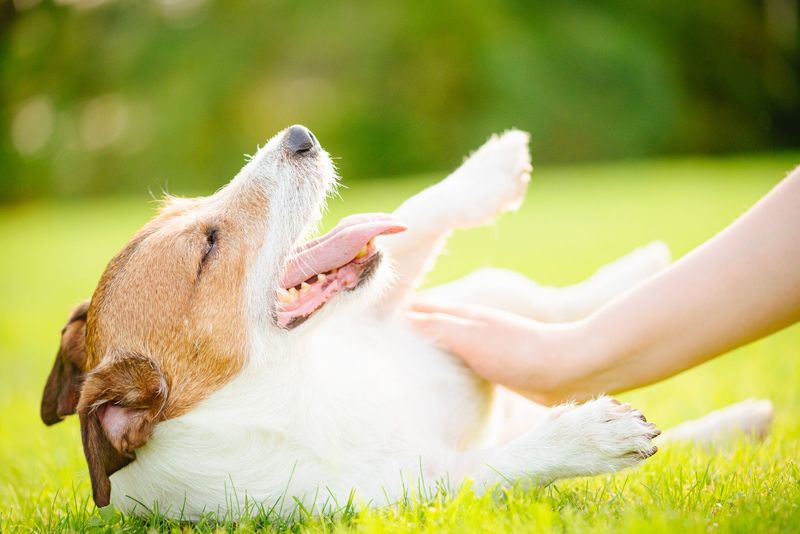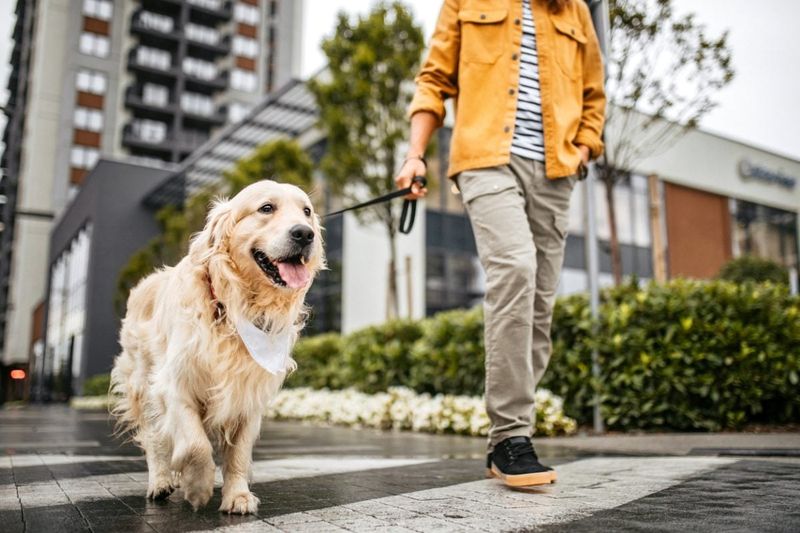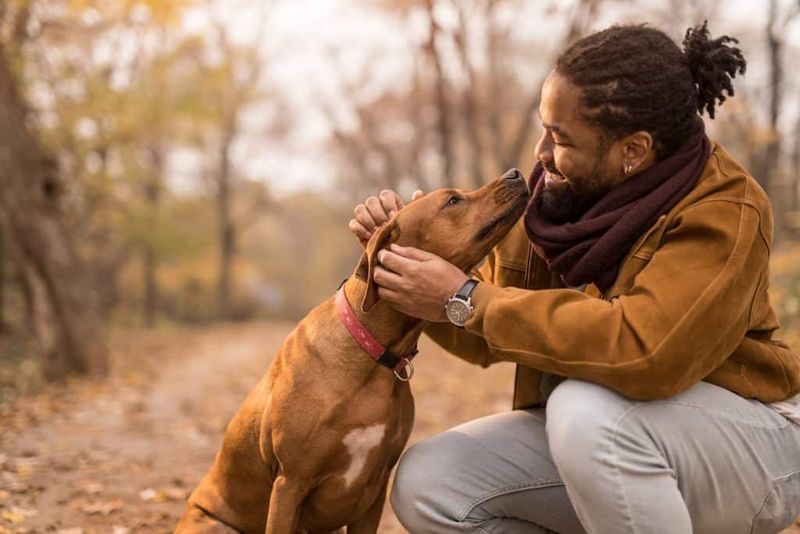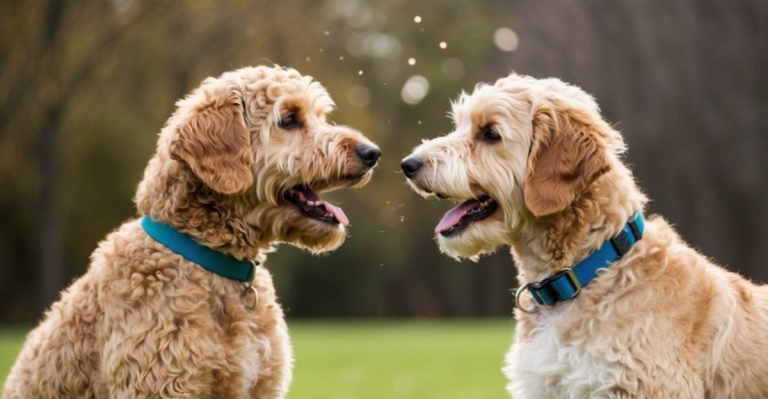10 Emotional Reactions You Can Expect From a Rescued Dog
Bringing home a rescued dog is one of the most rewarding experiences you’ll ever have—but it’s not always sunshine and tail wags from day one.
These pups come with stories we’ll never fully know, shaped by fear, uncertainty, and sometimes heartbreak. And when they finally find a place to call home, the emotional rollercoaster begins—for both of you.
From the moment they cross your threshold, rescued dogs start navigating a brand-new world filled with unfamiliar smells, strange sounds, and people they’re still unsure about.
You may catch them trembling in a corner one day and bursting into zoomies the next. It’s a slow unwrapping of a tightly held soul, and every little sign of trust feels like a celebration.
But make no mistake—underneath that cautious exterior lies a heart bursting with love just waiting to be let out.
These dogs are often some of the most loyal, expressive companions you’ll ever meet. And the bond you’ll build together is deeper because of everything they’ve had to overcome.
Understanding what they’re going through emotionally is key to helping them settle in.
Some reactions might surprise you, while others will tug hard at your heartstrings. Either way, being prepared can help you meet them with patience, empathy, and a whole lot of treats.
1. Fear and Timidity
When everything around you feels foreign and unpredictable, fear becomes your default setting.
That’s exactly the emotional space many rescued dogs arrive in.
They might tremble, avoid eye contact, or dart away at sudden movements.
This isn’t stubbornness or disobedience—it’s survival instinct.
For dogs coming from abuse or neglect, humans haven’t exactly been a source of comfort.
They need time, consistency, and a gentle environment to understand they’re no longer in danger.
It’s tempting to try and pull them out of their shell quickly, but that can backfire.
Instead, let them come to you on their terms.
Each wag of the tail or brave step forward is a small but meaningful sign of progress.
2. Over-Attachment or Clinginess
Once a rescued dog starts to feel safe, they often become velcro dogs.
They’ll follow you from room to room, whine when you leave, and even panic at your absence.
This isn’t just love—it’s deep-seated fear of abandonment.
Dogs who’ve been bounced around or left behind often form intense bonds fast.
They’re terrified of being alone again.
This clinginess can feel sweet but also overwhelming.
The best way to help is to gently encourage independence.
Practice short periods of separation, reinforce positive behavior, and always return with calm reassurance.
It takes time, but eventually they’ll learn that you’re not going anywhere.
And when they finally relax into your absence?
That’s when true healing begins.
3. Confusion
Imagine waking up in a strange place with people you don’t know, routines that make no sense, and rules you haven’t learned.
That’s the everyday reality for a newly rescued dog.
Their confusion often shows up as hesitation, pacing, or odd behavior.
They might stare blankly at toys or seem uninterested in food.
Even going outside can feel overwhelming.
You’ll likely see them looking to you constantly for clues.
Give them time to adjust, and avoid bombarding them with stimulation.
A quiet, predictable environment goes a long way.
Establishing a routine helps them understand what’s expected and what’s safe.
As the fog lifts, you’ll see curiosity begin to replace confusion.
That’s when the real bonding can start.
4. Cautious Curiosity
Right after the fear and confusion begin to settle, something beautiful starts to happen—your rescue dog starts peeking out of their shell.
They’ll sniff a little more boldly, explore a new room, or initiate a tentative game.
This cautious curiosity is a major milestone.
They’re testing the waters, seeing if they’re truly safe to let go.
You may notice them inching closer while you’re on the couch or investigating new smells in the yard.
They want to engage—but not too fast.
Celebrate these moments.
Offer toys, treats, and gentle praise to reinforce their bravery.
But avoid pushing them if they retreat.
Curiosity is the first sign they’re ready to begin living, not just surviving.
Let it bloom naturally.
5. Joyful Bursts of Playfulness
Out of nowhere, your once-cautious rescue might explode into a zoomie frenzy or toss a toy in the air with wild delight.
These playful bursts are emotional breakthroughs.
They signal not just trust, but actual joy.
It often takes days or weeks to get here, especially if the dog has never really known play.
But when it happens, it’s pure magic.
Their inner puppy peeks through, and it’s hard not to cheer them on.
This kind of joy doesn’t need structure or training.
Just let them have their moment.
Be silly with them, play back, and encourage their goofiness.
These spurts are more than just cute—they’re proof that happiness is finally outweighing fear.
And that’s a win worth celebrating.
6. Emotional Regression
Just when things seem to be going great, a sudden backward slide can feel like a punch to the gut.
Your once-bold pup is hiding again or growling at the neighbor they loved last week.
Welcome to emotional regression—it’s normal.
Healing isn’t linear, and rescue dogs are no exception.
Sometimes a new trigger sets them off.
Other times, progress simply hits a temporary wall.
What matters is how you respond.
Stick with your routines, remain calm, and don’t take it personally.
Their fear isn’t about you—it’s about their past creeping in.
Eventually, with consistency and compassion, they’ll rebound.
Each bounce-back makes their emotional resilience a little stronger.
7. Protectiveness
When a dog finally feels safe, they’ll want to keep it that way.
Many rescues develop a strong protective streak, often toward the person they trust most.
You might see them bark at strangers or stand guard near your bed.
It’s not always aggressive—it’s often rooted in love and fear of loss.
They’ve finally found a good thing, and they don’t want it taken away.
To them, danger feels just around the corner.
While the loyalty is touching, it’s important to manage it.
Proper socialization and calm reinforcement can help tone down overprotective behavior.
Avoid scolding, which can increase anxiety.
Their guard dog tendencies often mellow out over time.
And what’s left? A loyal companion who’d walk through fire for you.
8. Guilt or Submission
Some rescued dogs flinch when you raise your hand or drop something nearby.
Others instantly roll on their backs in a gesture of submission.
These reactions are heartbreaking signs of a past where punishment ruled.
They’re not misbehaving—they’re trying to stay safe.
For dogs with abusive histories, even kindness can be suspicious at first.
They’ve learned to anticipate the worst.
To help them unlearn this fear, avoid sudden movements and harsh tones.
Use treats, calm voices, and body language that invites—not intimidates.
Praise small acts of bravery.
Over time, those guilty or submissive gestures will fade.
And in their place? A dog who finally understands they’re safe to just be.
9. Elation During Routine Moments
A simple walk or a squeaky toy can unleash the kind of happiness that’s downright contagious.
Rescued dogs often find magic in the mundane.
After all they’ve been through, everyday moments feel like luxuries.
That joyful bounce in their step isn’t exaggerated—it’s real.
They know what it’s like to have nothing, so having anything feels amazing.
Watching them savor the little things can be a daily reminder of gratitude.
Encourage this joy and join in.
Play fetch like it’s the World Series, or let them sniff every blade of grass on your walk.
These moments build trust and deepen your bond.
And over time, joy becomes part of their normal—not just the exception.
10. Deep, Lasting Bonding
When a rescue dog chooses you as their person, it’s a bond that runs deeper than most.
They don’t just love you—they depend on you.
And they show it in the most beautiful ways.
You’ll see it in their eyes, in the way they lean against you when you’re sad.
In the tail wags that come only for you.
They’re not just pets—they’re partners in emotional survival.
This kind of connection takes time, trust, and shared experiences.
But once it’s there, it’s unbreakable.
They’ll know your moods, follow your footsteps, and love you fiercely.
Rescuing a dog doesn’t just change their life.
It transforms yours, too.
And that bond? It’s the reward for every moment you invested in their healing.

